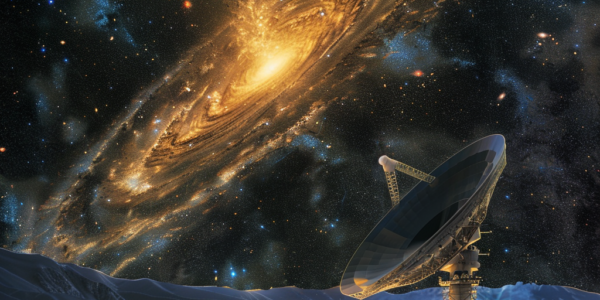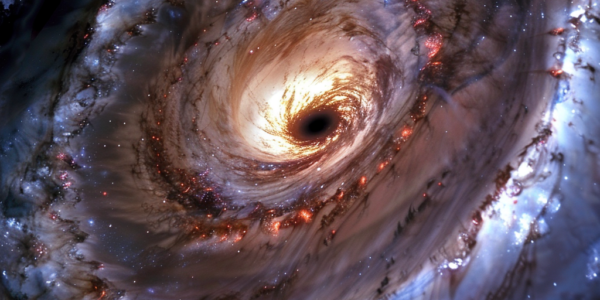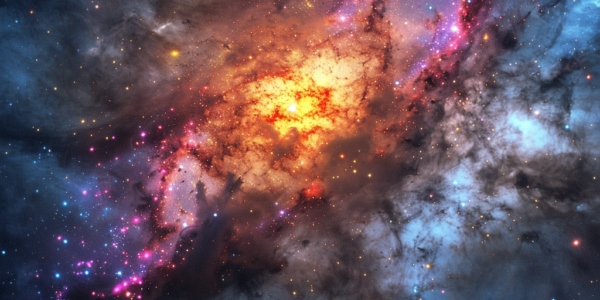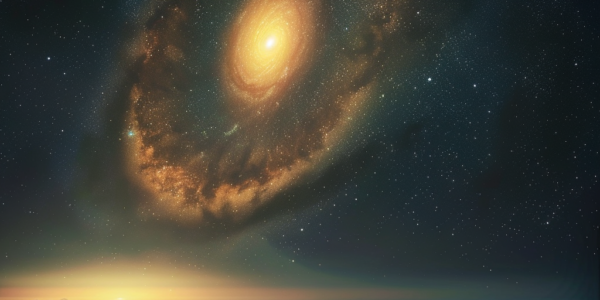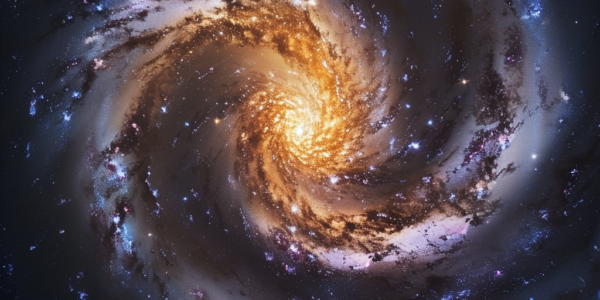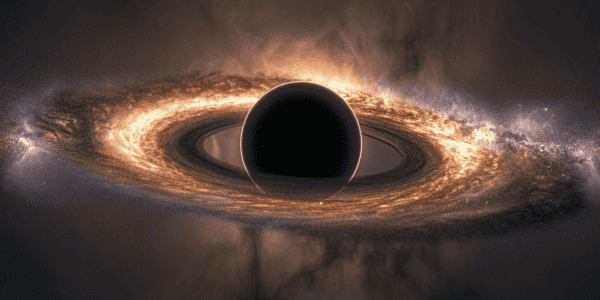Colossal Black Hole Discovered Near Dawn of Time
Scientists have made a groundbreaking discovery by finding a colossal black hole near the dawn of time, residing in one of the earliest galaxies in the universe. The supermassive black hole, located at the core of GN-z11, sheds light on the early formation of these cosmic giants. Recent observations suggest that supermassive black holes may have their origins in the dense cores of starburst galaxies, but the exact mechanisms remain a mystery.
Event Horizon Telescope Aims to Capture First-Ever Black Hole Movie
The Event Horizon Telescope captured the first-ever image of a black hole five years ago, and now astronomers are attempting to create the first-ever movie of a black hole. More than 400 scientists are collaborating on this project, aiming to make the video by 2026. The appearance of black hole M87* changes over time, and EHT is working on capturing these changes to create a moving picture.
Astronomers Make Groundbreaking Discovery Regarding Supermassive Black Hole at Center of Milky Way Galaxy
Astronomers from the Event Horizon Telescope (EHT) collaboration and the Center for Astrophysics | Harvard & Smithsonian have captured a new image of the supermassive black hole Sagittarius A* (Sgr A*) in polarized light, revealing strong and organized magnetic fields spiraling from the edge of the black hole. This groundbreaking discovery sheds light on the nature of supermassive black holes and their magnetic fields, hinting at potential similarities and differences between these enigmatic cosmic entities.
James Webb Space Telescope Discovers Little Red Dots in Early Universe
The James Webb Space Telescope (JWST) has made significant discoveries in its first year, including capturing sharp views of celestial structures and obtaining transmission spectra from exoplanet atmospheres. Unexpected little red dots observed in a specific region of the night sky are believed to be galactic nuclei containing precursors of Supermassive Black Holes (SMBHs) that existed during the early Universe. This discovery could revolutionize our understanding of the formation of the first SMBHs in the Universe.
Astronomers Discover Brightest and Most Voracious Black Hole Ever Detected
The discovery of the brightest and most voracious black hole ever detected, known as J0529-4351, has left astronomers in awe. This remarkable finding was confirmed through observations by the Very Large Telescope in Chile. Scientists revealed that the black hole devours the mass equivalent to one Sun every day, highlighting its insatiable appetite. J0529-4351, although recorded in data many years ago, has only recently been recognized for its true glory. Quasars like J0529-4351 are the energetic cores of galaxies powered by immense black holes, known as Active Galactic Nuclei (AGN). The quasar’s emission, which took 12 billion years to reach the detectors at the VLT, is over 500 trillion times more luminous than the Sun, making it an astonishing discovery in the field of astronomy.
Astronomers Witness Powerful Jets Ejected from Supermassive Black Hole Perseus A
Astronomers have made a groundbreaking observation of the supermassive black hole, Perseus A, using the Event Horizon Telescope. This discovery sheds light on the battle between magnetism and gravity within black holes, providing valuable insights into their feeding mechanisms and the formation of powerful jets that extend far beyond their host galaxies.
Study Explores Dark Matter’s Role in Galactic Dynamics
Dark matter, the elusive substance that makes up much of the matter in the universe, continues to intrigue astronomers. A recent study, detailed in the pre-print server arXiv, delves into the speed at which dark matter can move and its…
New Detailed Image of M87* Black Hole Released
New Fiery Doughnut Image is Our Most Detailed Glimpse of a Black Hole By Alex Wilkins – 18 January 2024 We have been given our most detailed look at a black hole yet, thanks to an update to the world’s…


